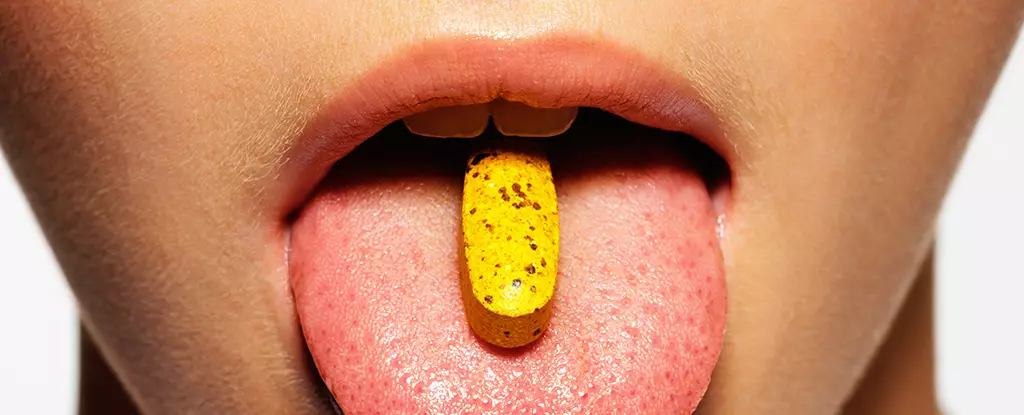The relationship between medicine and our perception of its effectiveness has long been recognized. A recent study conducted by the US National Institutes of Health (NIH) reveals an intriguing finding: the way our brains react to a medication depends on whether it is injected or taken orally. Moreover, the study explored the correlation between the rate at which drugs reach the brain and their addictive properties. By utilizing advanced imaging technologies, the researchers shed light on the brain mechanisms involved in addiction and the impact this has on treatment strategies.
To investigate these phenomena, the researchers focused on the prescription stimulant methylphenidate. While this drug is typically used for conditions such as ADHD, the 20 participants in the study did not have a relevant diagnosis. They were administered methylphenidate both intravenously and orally, and subsequently asked about their subjective experiences. In addition to self-reported observations, dopamine levels in the brain were monitored using PET scans, while overall brain activity was assessed with fMRI scans.
Unsurprisingly, dopamine levels spiked more rapidly when the drug was administered through injections. However, it was through the fMRI scans that the researchers observed significant differences in brain activity within two major regions of the salience network: the dorsal anterior cingulate cortex and the insula cortex. Activation in these areas was exclusive to the intravenous administration method, which is known to be more addictive. This finding aligns with the higher levels of euphoria reported by participants. The salience network, previously linked to addiction, plays a crucial role in interpreting internal sensations and determining external value.
The insights gained from this study are invaluable for tailoring treatments to patients and developing strategies to combat addiction. Understanding the brain mechanisms that underlie addiction is crucial for implementing preventive interventions and creating new therapies for substance use disorders. Additionally, with the current overdose crisis, this research can contribute to addressing urgent public health concerns. One possible next step is to conduct experiments in which the activity in the salience network is deliberately blocked to determine if the participants experience the same sense of elation.
The Significance of the Study
The implications of this study are far-reaching. By demonstrating the impact of drug administration method on brain activity and addiction, the researchers have highlighted the importance of considering these factors in the development and administration of treatments. This knowledge will enable healthcare professionals to make informed decisions about the most effective and safe delivery methods for various medications. Furthermore, understanding the brain mechanisms underlying addiction opens up possibilities for innovative approaches to intervention and treatment.
The study conducted by the US National Institutes of Health (NIH) reveals that the way drugs are administered significantly affects brain activity and addiction. By utilizing advanced imaging technologies, the researchers were able to demonstrate that drugs administered intravenously activate specific regions of the brain associated with addiction, resulting in higher levels of euphoria. This newfound understanding of the brain mechanisms involved in addiction has important implications for treatment strategies and the development of interventions for substance use disorders. By considering the impact of drug administration on brain activity, healthcare professionals can optimize treatment outcomes and contribute to addressing the global overdose crisis.



Leave a Reply